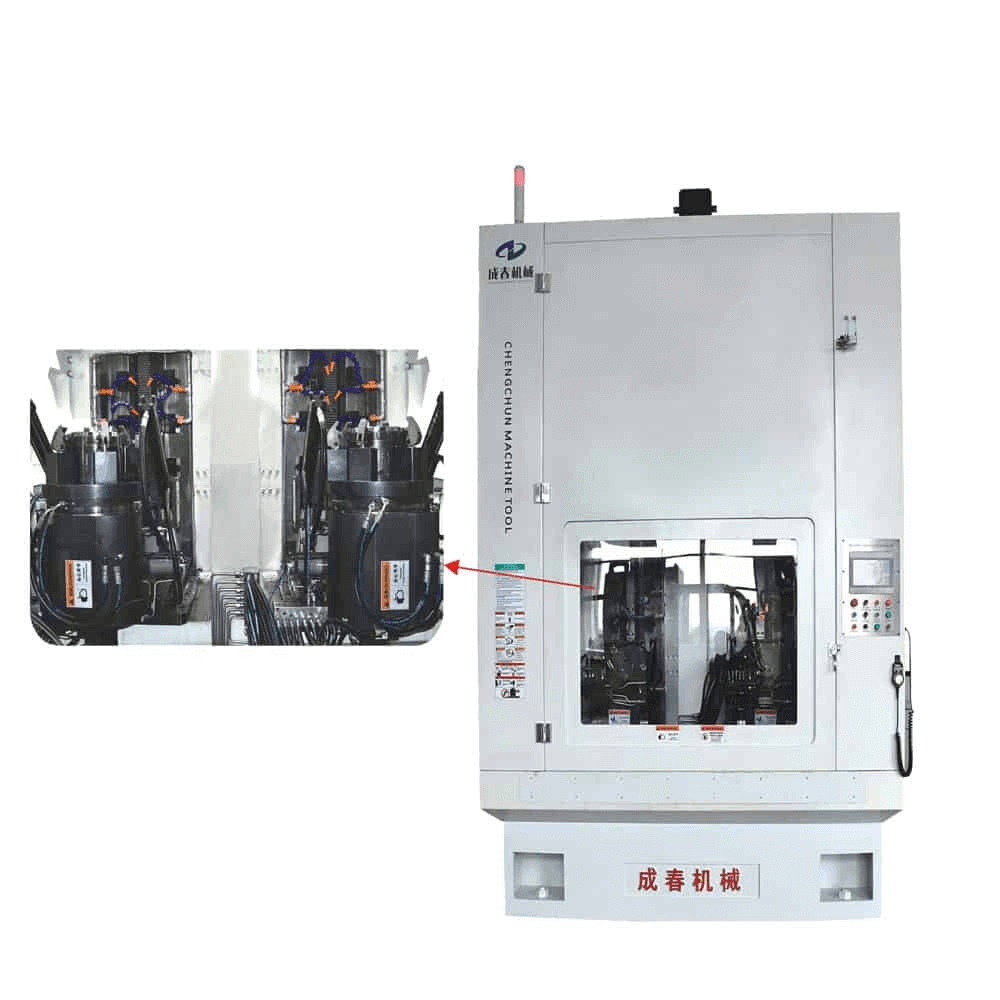
Surface Broaching: What is it?
Surface broaching is a broad term used by the industry to broach any surface or equipment surfaces. The opposite of Surface broaching is internal broaching. Surface broaching can take on a variety of forms and employs a variety of different kinds of machines.
Surface broaching is quick and usually much more effective than milling. It is possible to cut multiple dimensions simultaneously and in complicated designs. In its most basic form, Surface broaching can be utilized to cut flats and slots rapidly and precisely.
But, within that broad concept, we can find a variety of distinct processes and tools that engineers employ to create products of varying levels of complexity. Some common surface broaches include:
Slot broaches: Used to cut slots. They can be utilized in place of milling equipment.
Slab broaches: To slice flat surfaces into workpieces.
Straddle broaches: They consist of two slab broaches that cut the workpiece’s two sides simultaneously.
Contour broaches: They are used to cut convex or concave curves into a work.
Pot broaches: They cut the exterior of a round workpiece.
How does Surface broaching work?
Surface Broaching is an exciting and efficient machining technique that modifies or shapes metal material surfaces. This process employs a toothed tool, a broach, to perform cuts in the Surface at predetermined depths or angles.
The broach moves along the Surface of the material and utilizes increased pressure, a combination of cutting teeth, and chip formation to greatly reduce the time needed for the effective modification.
After each cut, tiny amounts of debris are removed from the workpiece, allowing for improved accuracy within the subsequent cuts.
The unique nature of Surface Broaching ensures that it is a cost-effective method with highly accurate and repeatable results. With Surface Broaching, complex shapes can be created quickly and easily – making it an ideal choice for metalworking projects requiring precision machining techniques.
The Chengchun Broaching Machine offers superior cutting performance for a variety of applications. From high-speed production to intricate contours, this machine can easily handle your toughest broaching needs.
SURFACE BROACHING APPLICATIONS
Surface broaching is a technique that has many possible applications in manufacturing industries. Ferrous and non-ferrous metals -including cold-rolled and stainless steel- and certain plastics can be used for broaching.
Surface broaching is usually just one of the aspects of the process of manufacturing. For instance, a fastener manufacturer could use slab surface broaching to make the locating slot of screws. On the other hand, automotive and military vehicle makers employ Surface broaching to create complicated transmission and gear components.
The requirements of the particular application and the demands it has to be precise will decide what kind of tool and procedure is required.
The advantages of Surface broaching
Stability, output, time, and a low requirement for skill are the main advantages of using Surface broaching instead of grinding. All of these advantages will result in a lower cost per piece.
The cycle time is very relatively short.
Be aware of the components that can be used for Surface broaching. If the milling procedure takes about 3-4 minutes, Surface broaching requires only 30 minutes to make the same piece. This means that you can make one part in just one-fifth of the time it took to make the first.
The output is very high.
Because of the quick processing time and large output of broaching machines, it is optional to invest in a huge staff and equipment to attain the same production capacity. This is why Surface broaching is typically used for large-scale production.y
Precision is very high.
Finishing and roughing can be accomplished in one step and without the requirement of finishing the roughing and finishing process several times, as in milling machines. The machine for Surface broaching can process direct from rough material. The dimension and finish following broaching are comparable to fine milling.
The requirement for operators is low.
The customized broaching tool and fixture are installed on the machine for broaching. The operator must not program or do tool calibration before the machining process. There is no operator-to-variation of the operator either.
The cost per piece is affordable.
Based on the same requirements for mass production, surface broaching is a less demanding process requiring less equipment, fewer workers, fewer requirements for skill, and a high level of stability. The impact of the whole process is that the cost per piece of Surface broaching is extremely low.
Natalie Chen
Related posts
Stay connected
Today's pick
- The Importance of Professional Handyman Services for Your HomeYour home is your sanctuary, a place of comfort and security, but maintaining it can be a daunting task. From routine maintenance to unexpected repairs, there’s always something that needs attention. While many homeowners might be tempted to tackle these jobs themselves, not all tasks... The post The Importance of Professional Handyman Services for Your […]

